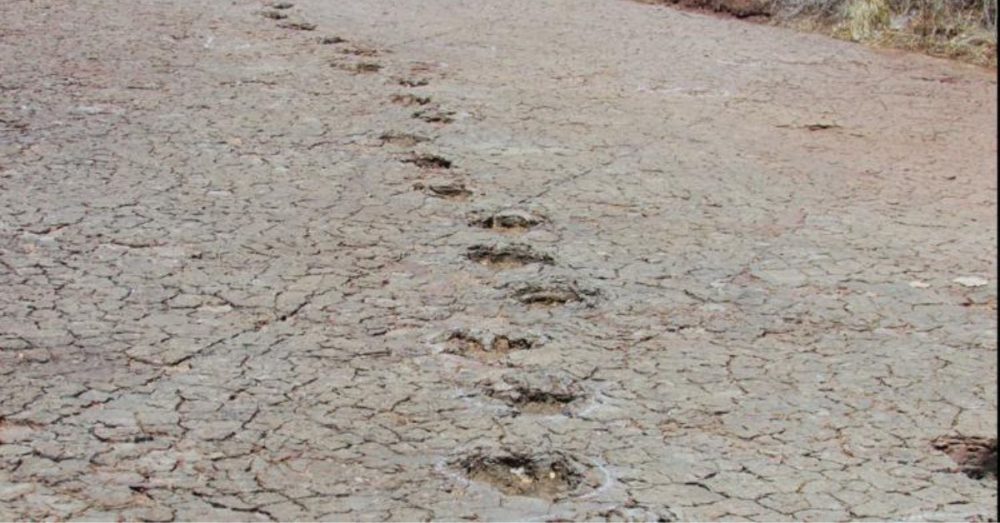Researchers led by an SMU paleontologist discovered over 260 matching dinosaur footprints from the Early Cretaceous period in Brazil and Cameroon.
These footprints, found 3,700 miles apart, suggest that dinosaurs once roamed freely across what is now South America and Africa when the continents were still connected as part of the supercontinent Gondwana.
The tracks, mostly from three-toed theropods, were imprinted in mud and silt along ancient rivers and lakes approximately 120 million years ago. The study shows that, before South America and Africa split around 140 million years ago, a narrow land connection allowed the dinosaurs to migrate between the two regions.
The research emphasizes the geological and tectonic similarities between the two sites and provides evidence that ancient river valleys served as migration routes. The findings were published by the New Mexico Museum of Natural History & Science in honor of paleontologist Martin Lockley.
Here’s some of what WFAA reported on the discovery:
A team of researchers, led by SMU paleontologist Louis L. Jacobs, found matching sets of Early Cretaceous dinosaur footprints on opposite sides of the Atlantic Ocean – in Brazil and Cameroon.
More than 260 footprints were found in the two locations – now separated by 3,700 miles – showing where land-dwelling dinosaurs were able to freely cross between South America and Africa millions of years ago.
“We determined that in terms of age, these footprints were similar,” Jacobs said. “In their geological and plate tectonic contexts, they were also similar. In terms of their shapes, they are almost identical.”
The footprints were impressed into mud and silt along ancient rivers and lakes, SMU officials wrote in a press release. Dinosaurs made the tracks 120 million years ago on a single supercontinent known as Gondwana – which broke off from the larger landmass of Pangea, Jacobs said.


